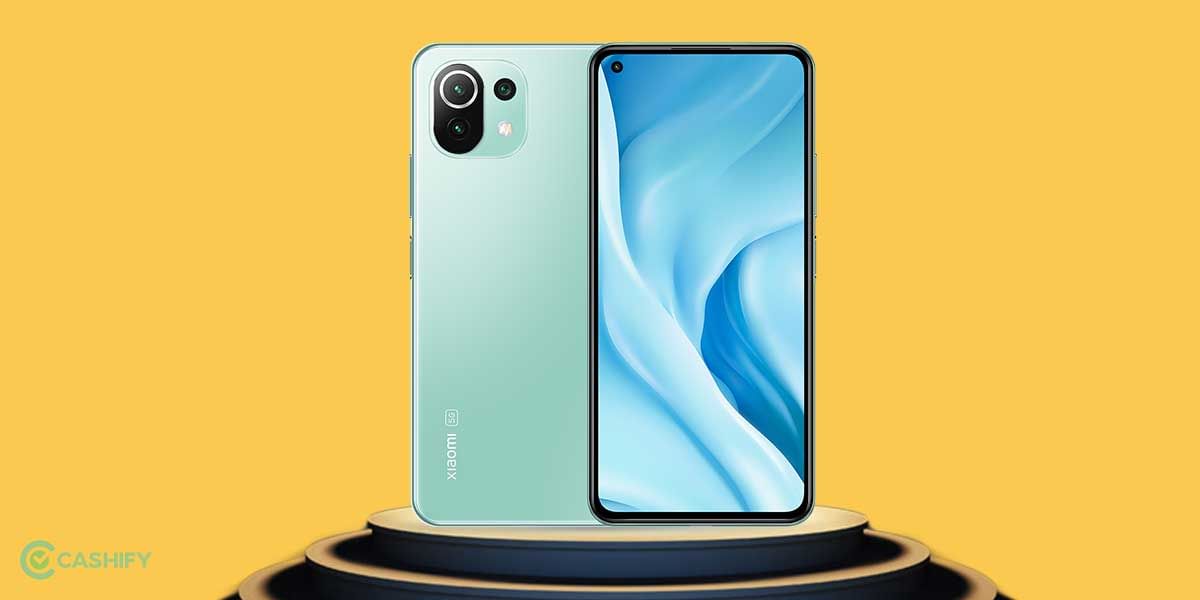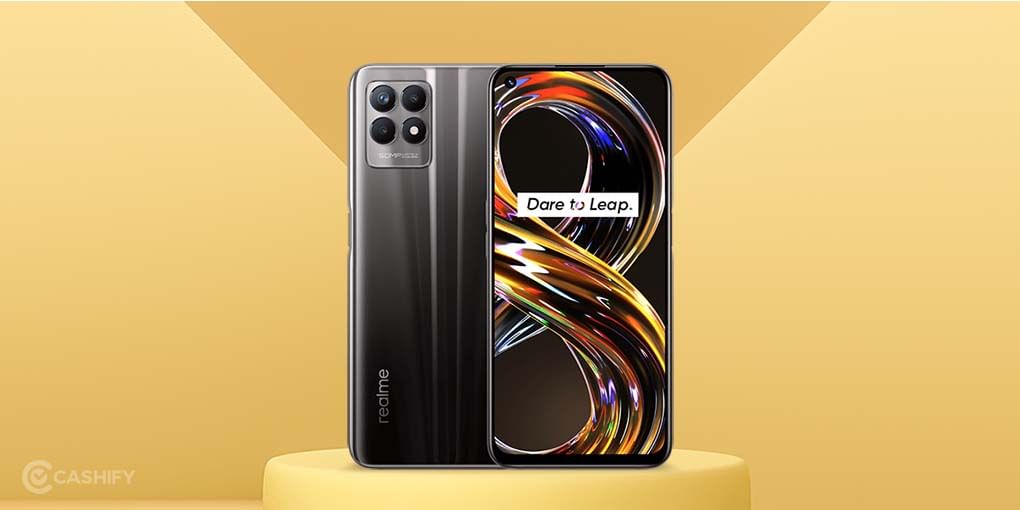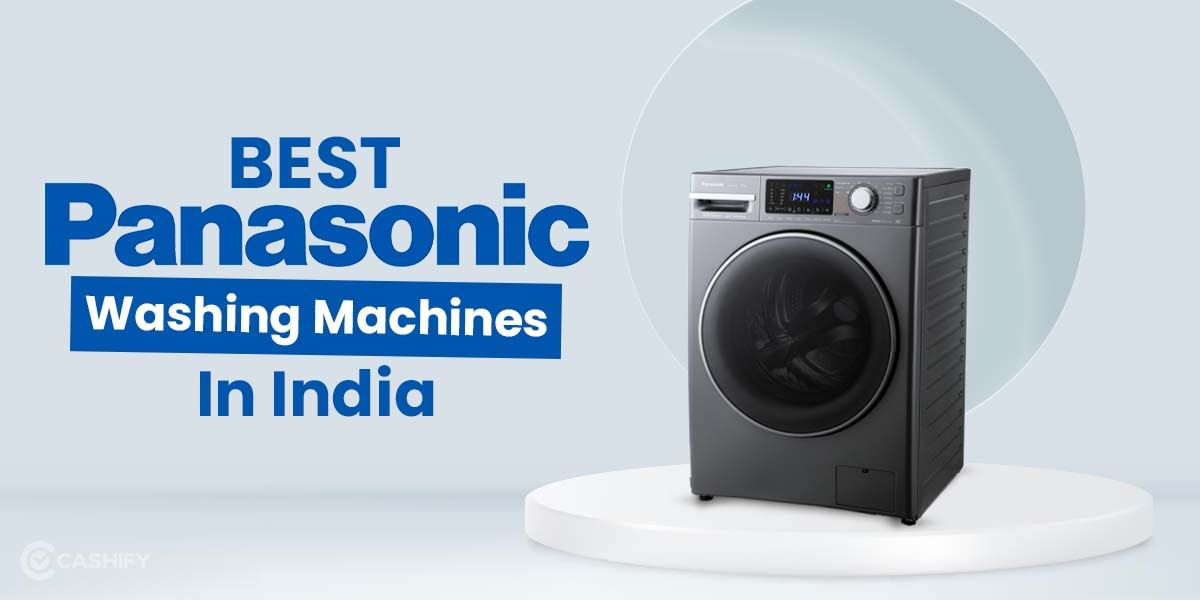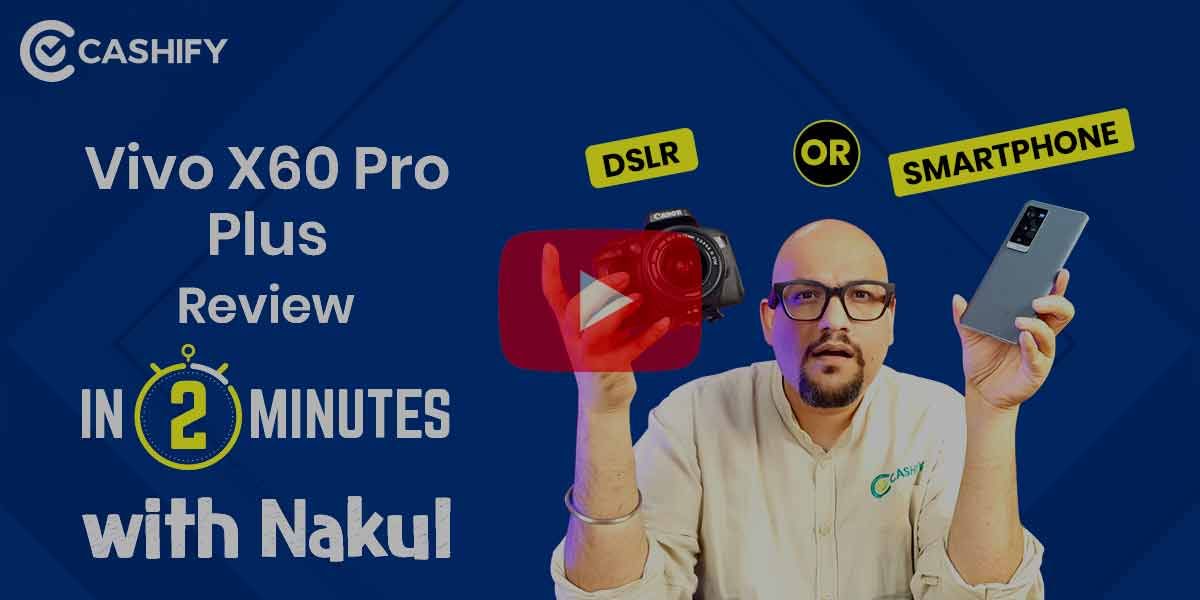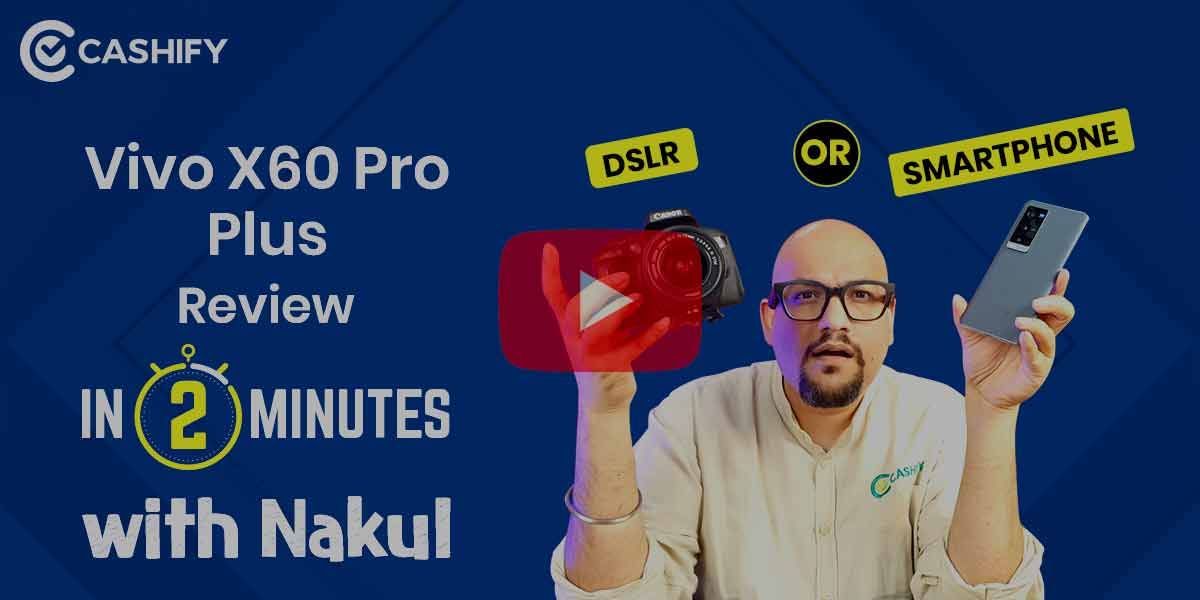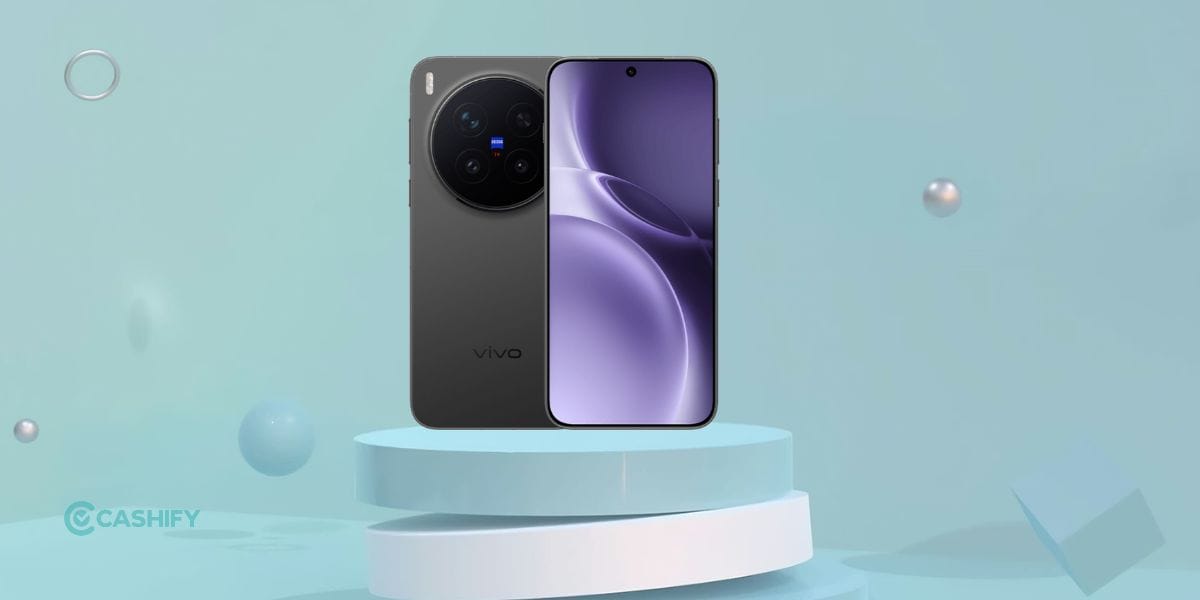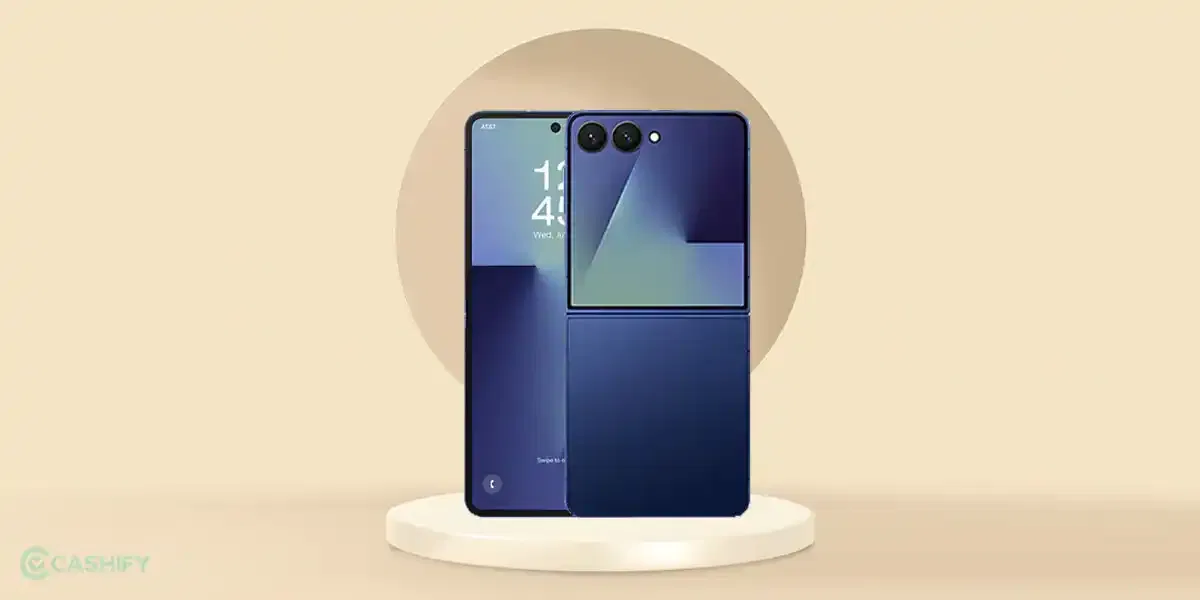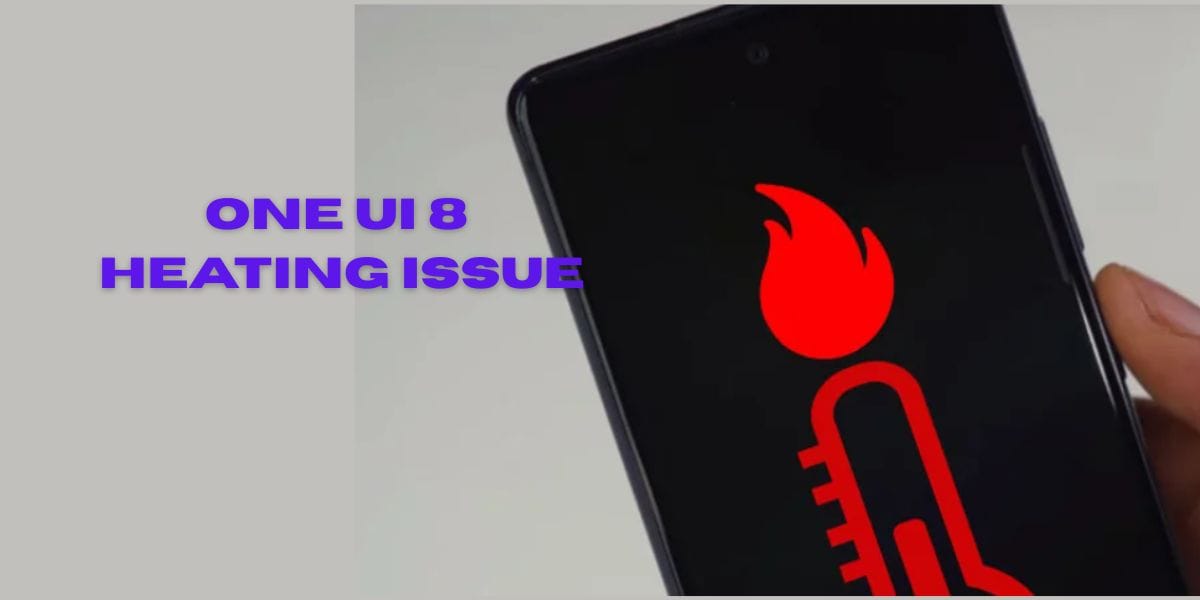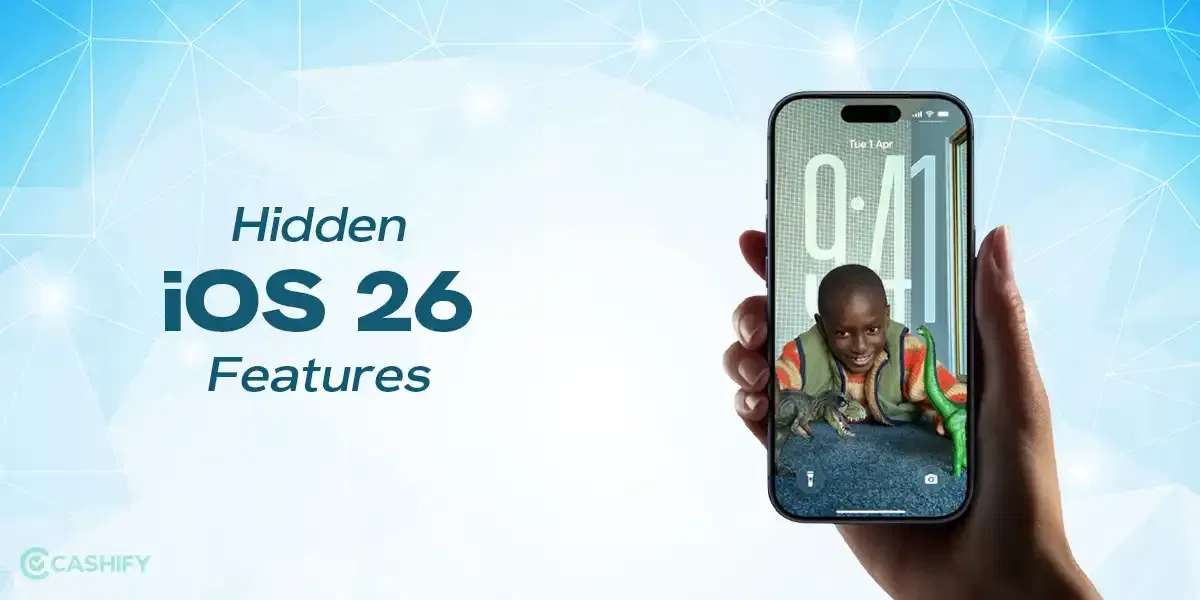Vivo X70 Pro Introduction
Vivo has been producing impressive camera focussed devices with their X-Series line of smartphones. The device is an upgrade to the Vivo X60 Pro+ with a better AMOLED display and an improved camera system. All these new features and improvements somehow justify the increased price tag.
I have been using the Vivo X70 Pro for quite some time now and here is my comprehensive review.
Vivo X70 Pro Prices in India, Variants, Availability
Vivo X70 Pro is a flagship device from Vivo and here is the pricing for the device starts as follows:
- Rs 46,990 for 8GB/128GB variant
- Rs 49,990 for 8GB/256GB variant
- Rs 52,990 for 12GB/256GB variant
It isn’t much on the affordable side but includes many features that you may find worth your money. You can buy the device from Vivo’s official website and offline retail stores and is available in two colour options i.e Aurora Dawn and Cosmic Black.
Click here if you’re looking to sell phone online, or want to recycle old phone, and Cashify will help you get the process completed right at your doorstep.
Vivo X70 Pro Box Contents
Here’s what all you get inside the box of Vivo X70 Pro:
- X70 Pro handset
- USB Type-C Headset + Type-C Connector
- Documentation
- Type-C to USB Cable
- 44W Power Adapter
- SIM Ejector
- Protective Case
- Protective Film (applied)
Vivo X70 Pro Specs at a glance
Let’s talk about the on-paper specifications of the Vivo X70 Pro at first:
- Display: 6.56 inches, FHD+ (1080 x 2400 pixels), AMOLED Display, 120Hz, HDR10+, 1300 nits with HDR10+ and 120Hz refresh rate
- Camera: 50MP + 8MP + 12MP+12MP | 32MP Front Camera
- Battery: Li-Po 4450 mAh Battery with 44W FlashCharge fast-charging
- Chipset: MediaTek MT6893 Dimensity 1200 5G (6 nm)
- RAM & ROM: 8GB/12GB/ | 128 GB, 256GB
- Dimensions: 158.3 x 73.2 x 8 mm
- Weight: 186 grams
Vivo X70 Pro Design and Build
Vivo X70 Pro comes with a matte-black glass finish that is one of the best that I’ve ever seen and provides a real satisfying in-hand feel. You won’t have to worry about any fingerprints or smudges and the sandstone matte finish on the back of the phone will remind you of the OnePlus 2 launched in 2015. The back panel felt so good in my hands that I didn’t even slap the cover that Vivo included in the box. Vivo has spent some time on the design as evident by the curved display which smoothly blends with the side rails. This indicates very articulate craftsmanship from Vivo.
Something I’ve noticed about phones from Vivo is their slim and light profile along with their solid build quality. I have to say Vivo has stuck to its original design concept and kept the phone easy to carry around. The back panel also houses a big rectangular camera module at the top centre that protrudes a few millimeters from the back indicating the high-tech sensor included inside.
On the bottom of the phone, there is the speaker grill and the USB-C charging port along with the SIM tray. There’s a power button and the volume button on the right side of the phone, while there’s nothing on the left side. On the top, you’ll find the IR blaster and a text that read’s “Professional Photography”.
Overall the device feels quite premium to hold in hand, and in my opinion, this is hands down the best feeling device to carry around that I have reviewed this year.
Vivo X70 Pro Display
The Vivo X70 Pro features a 6.5 inch curved AMOLED display with a 120Hz refresh rate and FHD+ resolution of 2376 x 1080. While the X70 Pro+ has an LTPO display, the X70 Pro at least comes with a variable refresh rate that you can change between 60Hz and 120Hz wherever necessary.
By default, I felt the on-screen colors were a bit cooler and a bit punchier than I would expect. But I was able to easily tweak that from the display settings. The contrast ratios and white balance on the screen are excellent whether you are using it for watching netflix shows or just browsing on the internet.
The display also supports HRD 10+ that amplifies the visual experience of the OTT content on all platforms. Thanks to the Dimensity 1200 and the 120Hz refresh rate the display comes across as very smooth and fluid. The brightness levels are good and you can easily view anything on your phone even during broad daylight. The phone houses the selfie camera in a very small hole punch at the top center of the phone. But the display does register a lot of accidental touches, which kind of saps my enthusiasm to see more phones with curved displays in the future.
Vivo X70 Pro Performance
Now let’s talk about the performance of the X70 Pro. It has got a flagship camera, great design but you’ll be happy to know that it also has a flagship-grade performance. I was surprised to see how good the processing power of the smartphone is with the MediaTek Dimensity 1200 processor. The chipset is custom made for Vivo and comes with 3 GHz of clock speed and is manufactured using 6nm technology. In terms of RAM, you get 12GB of RAM with an extra 4GB of virtual RAM making a total of 16GB of RAM, this is more than even my everyday laptop. Apart from that, you get an internal storage of 256GB which is UFS 3.1.
Talking about the display the 120Hz refresh rate display is great and is snappy in performance. And the 240Hz touch sampling rate makes everything butter fluid and the gaming experience is quite remarkable on this device.
Also read: Vivo X60 Pro Review – Graceful Design Complemented By Impressive Cameras
I also ran benchmark tests on the device and as expected the X70 Pro performed excellently with scores of 675,722 on Antutu alongside 883 and 3,127 on Geekbench 5’s single-core and multi-core tests respectively. The scores are certainly nowhere close to what the Snapdragon 888 offers but they are not that bad either, as an average user you won’t be able to tell much difference in day-to-day use.
In terms of gaming, I tried the Battlegrounds Mobile India, Call of Duty Mobile and Fortnite on the device for a duration of about 45 minutes and I was very happy with its performance. It was easy to handle the device and it remained cool during the session. I was able to run Battlegrounds Mobile India at extreme frame rates but I had to set graphics to smooth. The device delivers excellent performance with the octa-core CPU coupled with Mali-G77 MC9 GPU and I would recommend this device to all the gamers out there, you would love the performance of this device.
Vivo X70 Pro Software
Even though Android 12 is around the corner Vivo X70 Pro is still running the customized version of Android 11 under the hood. It is running the latest Funtouch OS 12 on top of Android 11 while its OriginOS still remains exclusive for the Chinese market.
I have used Vivo devices before and the first thing that I noticed with Funtouch 12 is the company’s move from stock-ish looking and functioning skin with the main UI now substituted by highly customizable UI. There are many nifty changes including the system’s menus being tailored now for single-handed use. Some of the menu content now moves to the lower half of the screen when you swipe down but not all, which I find very odd. There’s also an option where you can choose between the standard carousel recent apps menu and a horizontal tiles layout.
Also read: Vivo X60 Pro Plus Quick Review
The app drawer has somewhat of a stock-ish look but it also has an expandable recommended apps category on the top, you can even use the vertical scrollbar to highlight apps with selected letters.
The notification panel has also been revamped to look more square-shaped. The quick toggles are also square-shaped with blue accent color around the menus which you can’t change even if you change the themes. The rest of the UI looks pretty neat, I loved the dynamic sub-menu where Vivo has grouped quite a few customizable parts of the home screen. You can even change between different charging animations and facial recognition animations.
There are also some pretty useful features in Funtouch OS 12 like the Smart motion menu option which holds many screen-on and screen-off gestures. One of those you can use while cooking to answer an incoming call, you just have to wave in front of the screen to answer hands-free. You can even hold the volume down key to launch an app or perform certain tasks. But this is quite limited as of now, you can only launch the camera app, turn on/off the torch or start recording audio.
Lastly, there is a special mode for gamers called Ultra Game Mode. While most of its features are focused on reducing disturbance during gaming, one of the most interesting features is the ability to turn the screen off and keep the game running in the background. This comes in handy when you are playing games that are turn-based or those that require some sort of building activities like Clash of Clans, or this can also come in handy while playing battle royale games.
Overall the new Funtouch 12 adds a lot of features and you can even make the OS snappier by disabling the animations. However, if you are a fan of the stock vanilla Android that Google offers then the Funtouch 12 with all colourful themes and the highly customized system might not be for you.
Vivo X70 Pro Cameras
Now to the focus feature of the entire phone: The Camera and its image-taking capabilities. The smartphone market is full of manufacturers claiming that their cameras are the best and provide big sensors that can capture DSLR-like breathtaking photos. The X70 Pro uses the Sony IMX766V 50 MP lens that comes mounted on a gimbal. Other camera sensors include a 12MP ultra-wide sensor, a 12MP 5X portrait lens, and an 8MP periscope camera with 5X optical zoom. Vivo has focused very much on the phone’s camera system including the Zeiss T* coating that prevents lens flare. I even found a few Zeiss-style portrait mode filters present in the camera presets.
I took the camera out on my morning walk and the daylight shots from the X70 Pro were extremely crisp and rich in colours. Even with the HDR mode turned off the sensor brings in a good dynamic range. The camera app also comes with scene recognition and it is able to map out the landscape and tune-in details. The gimbal comes in handy to keep the sensor stable and deliver sharper focus than what you normally get on OIS. I found myself using the bokeh mode more to capture close-up shots using that big sensor. You can also turn to the macro sensor to capture more detailed images. Focusing is very fast on the phone and the sensor also does a clean job of object tracking. You can even use the Google Lens integrated into the camera app to scan QR codes or search images on Google.
Also read: Realme Narzo 50A Review – This is the best budget camera phone
Let’s talk about the night mode. I found the images to be a bit overexposed in certain situations, so you’ll have to adjust manually with the slider for images in low light. Thanks to the large sensor which captures most light so I never had to switch to the night mode to capture images in low light. The gimbal too provides sharper images. Highlights and shadows are brought well although I noticed sometimes noise creeps in when taking shots of the sky.
The ultra-wide sensor also works very well producing matching colour gradients to the primary shooter, sharp focus, and no warping at the edges. The phone also comes with a periscope lens that allows optical zoom up to 5x without any loss in detail. Although amplifying it to 60x is not much fun as shots are mostly blurry and unusable. The portrait mode is strong with sharp edge detection and produces a nice blurred background which you can adjust in real-time.
As most image capturing capabilities are good, so are the video shooting capabilities. They are above average which is better than what I had expected. But the gimbal did disappoint me a little bit. I tried to shoot video in 1080p at 60fps using the ultra stabilization mode but the sensor’s ability to reduce shake is not good. Compared to this the OnePlus 9 Pro produces a good phone with only OIS, but it can only capture 1080p at 30fps. The 32MP selfie camera is also good and managed to produce a detailed and sharp photo. The sensor detects low light conditions and increases the brightness of the panel for producing evenly exposed photos. Overall I have to say that the Vivo X70 Pro has the ability to pull off some extraordinary shots that I have ever seen from phones under Rs. 50,000.
Vivo X70 Pro Battery
The Vivo X70 Pro comes with a battery capacity of 4450 mAh and supports fast charging of 44W FlashCharge technology via USB-C. The battery life that X70 Pro provides is in line with what the competition offers. I love binge-watching TV shows online, I watched 4 episodes of the Squid Game on Netflix and the battery tanked about 40 percent in 4 hours, which according to me is just above average. After that, I had some intense gaming sessions which tanked the battery below 20% and I had to look for the charger by the end of the day. Thanks to the 44W fast charger that came included in the box I was able to charge the device from 0 to 64% in about 30 minutes, you can certainly charge the device fully in about an hour. Overall the battery life is pretty good and I think the main reason behind this is the E5 AMOLED panel.
Vivo X70 Pro Audio, Connectivity, Biometrics
The X70 Pro comes 5G ready but as of now the Indian telecom infrastructure is not set ready, but you can surely try it once it is available. The device supports four 5G bands which are n3,n5,n77, and n78. It is sufficient to say that while this is not a lot but Vivo has covered all the base ones so you are clear. Other connectivity features include WiFi 5 and WiFi 6, Bluetooth 5.2, USB-C, and OTG support.
To unlock the phone you get an in-display fingerprint scanner which is quite snappy, but if you want something much snappier you can use the face ID. For sound, you get a single firing speaker at the bottom which is placed beside the USB C port. At this price point, Vivo should include a stereo speaker.
Also Read: Vivo X70 Pro Plus Review: Best Camera Phone Of 2021
Pros & Cons
Vivo X70 Pro starts with a price tag of Rs. 46,990 and for that, you get the 8GB/128GB variant. I found the price tag to be a bit on the expensive side because you can get an AMOLED display with a 120Hz refresh rate in any budget phone nowadays. But the price tag is worth it when it comes to the camera system of the phone. In my opinion, Vivo X70 Pro has the best camera in the market at this price point. Missing stereo speakers, software full of bloatware, and overall performance put a damper on the overall value that the phone offers.


